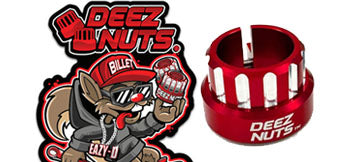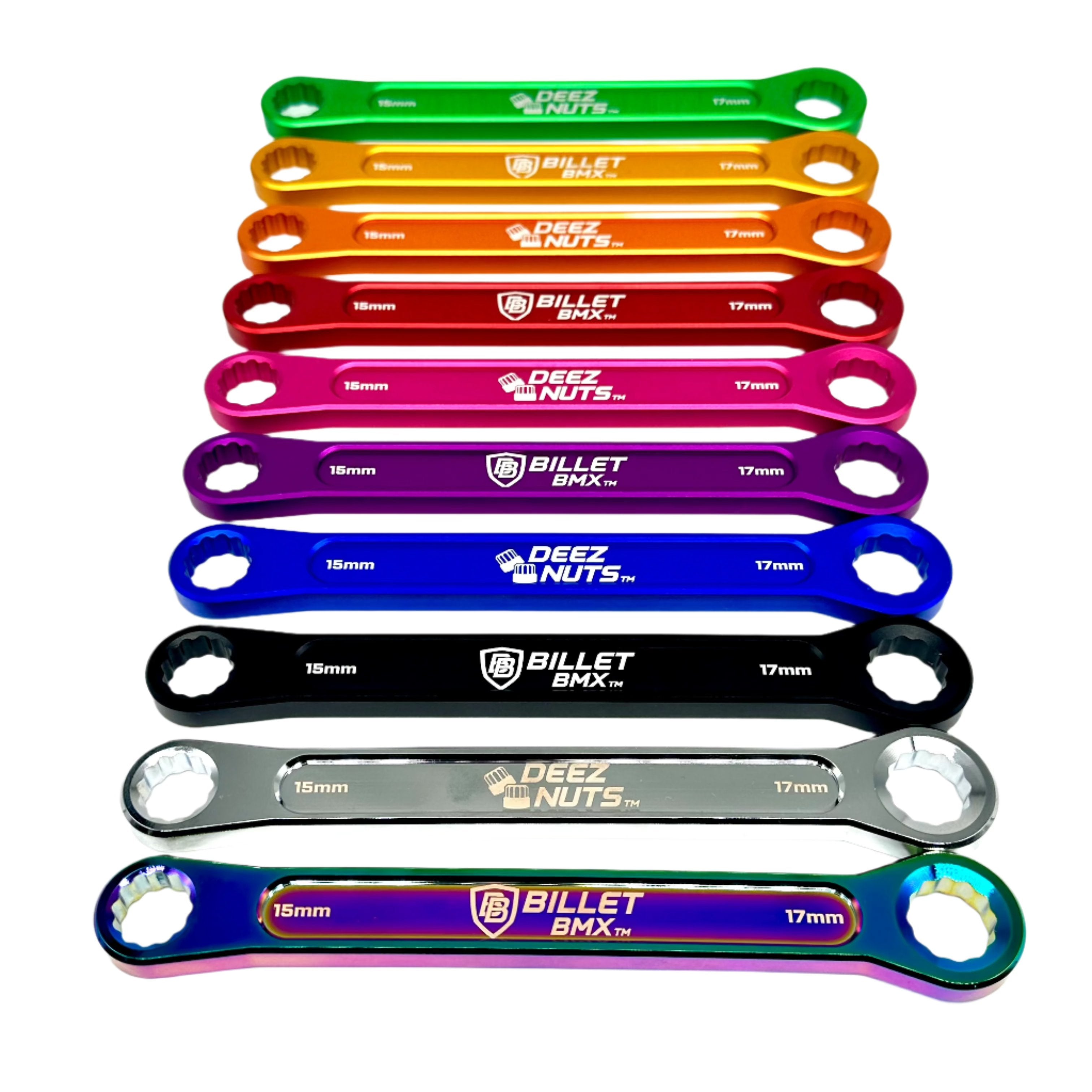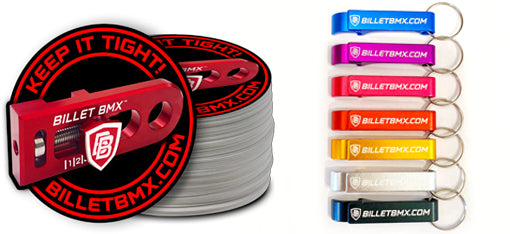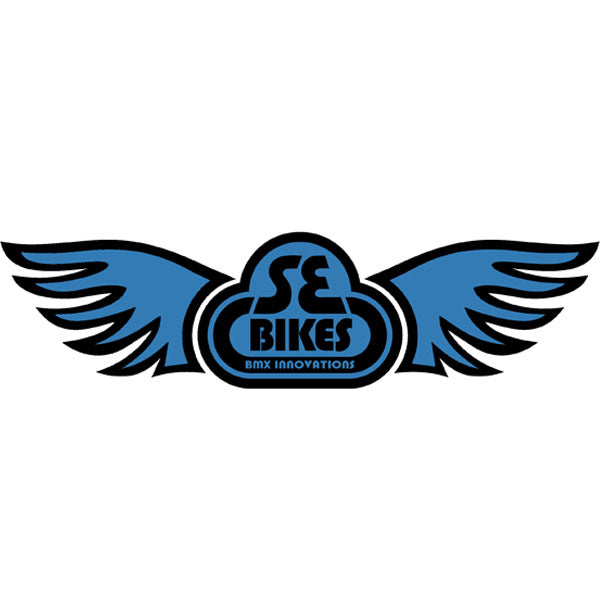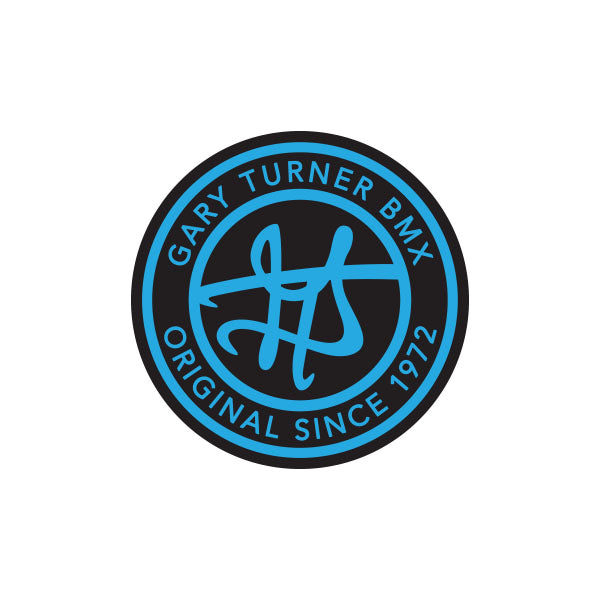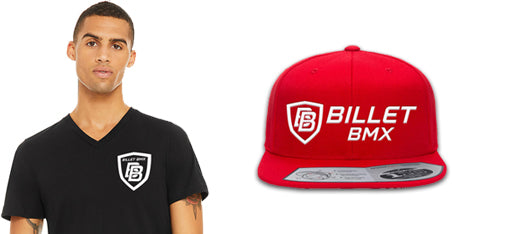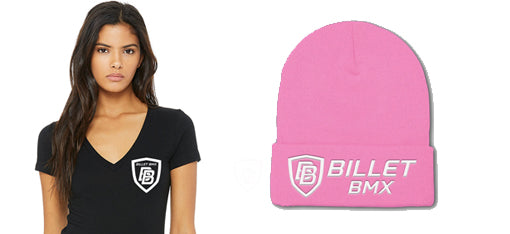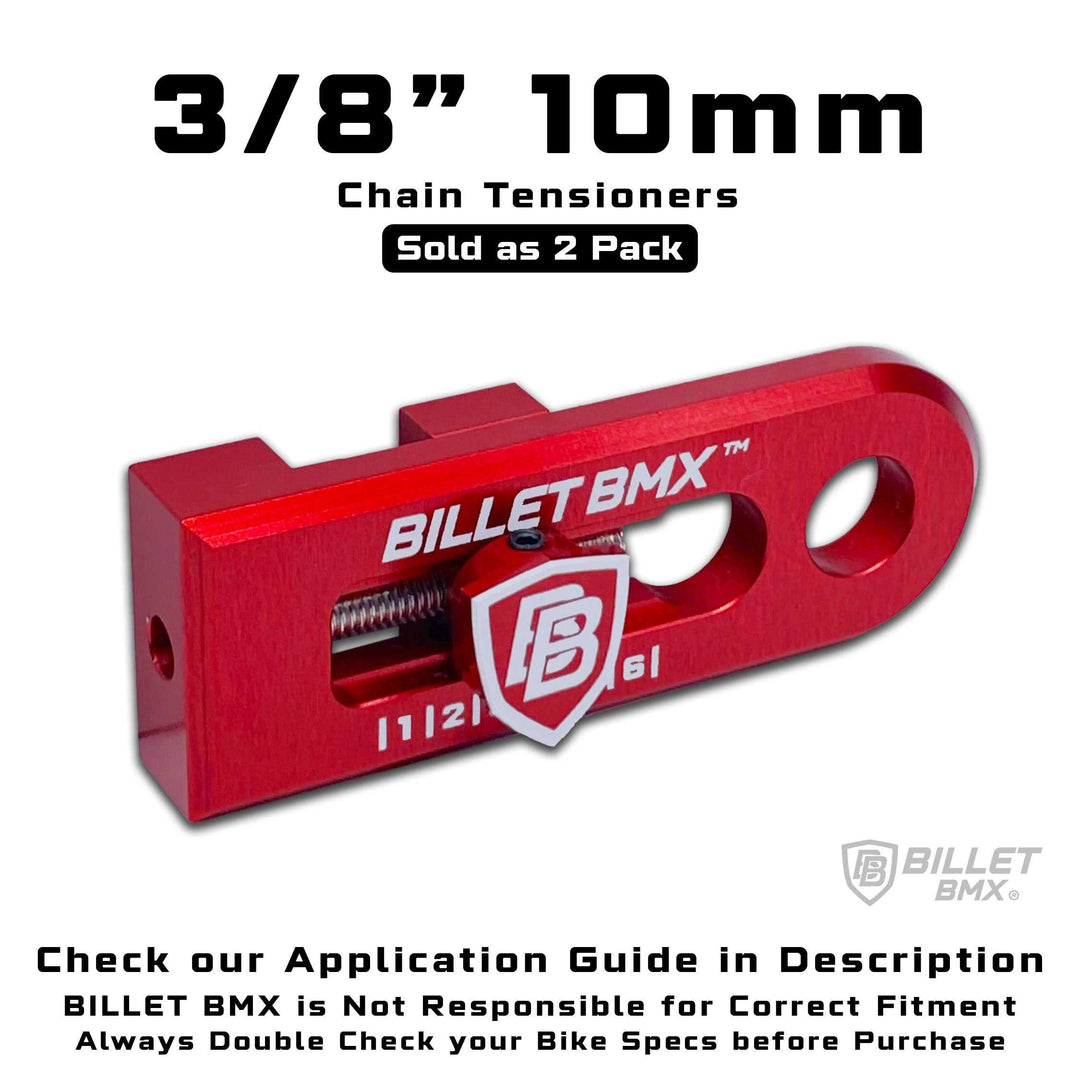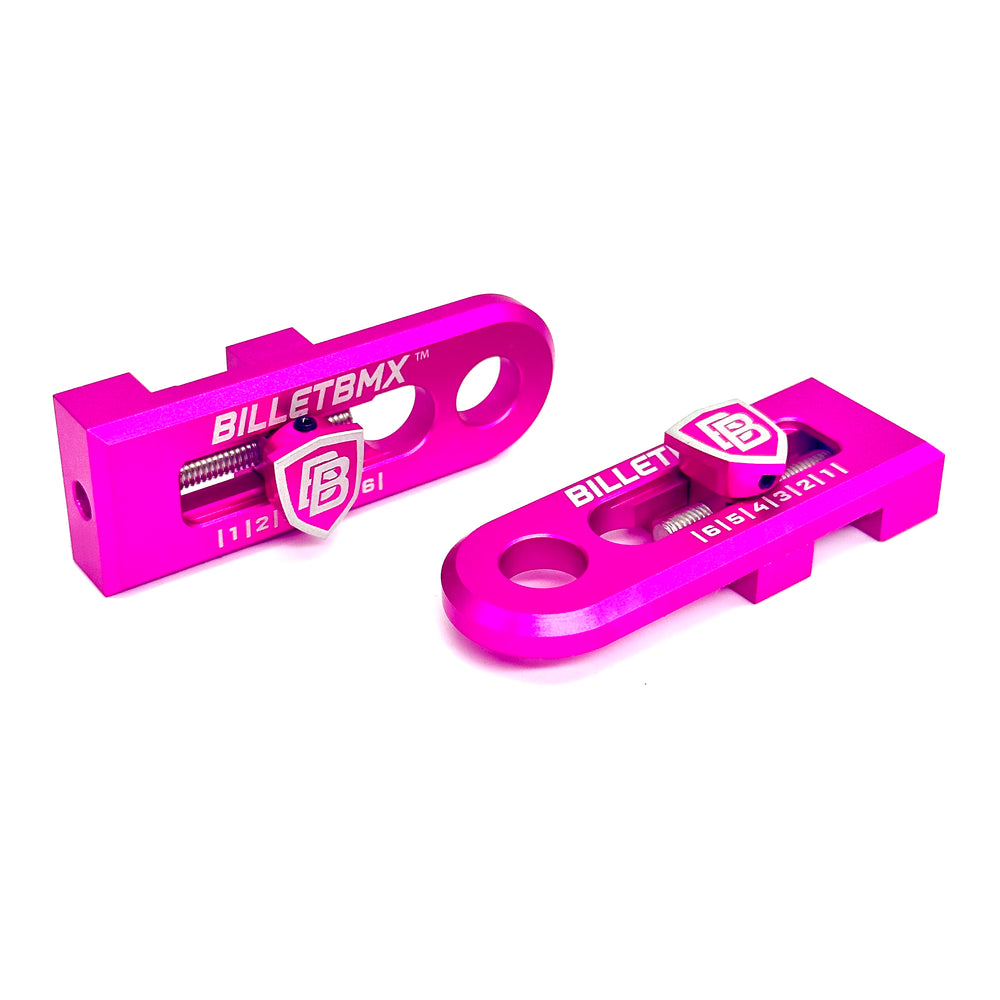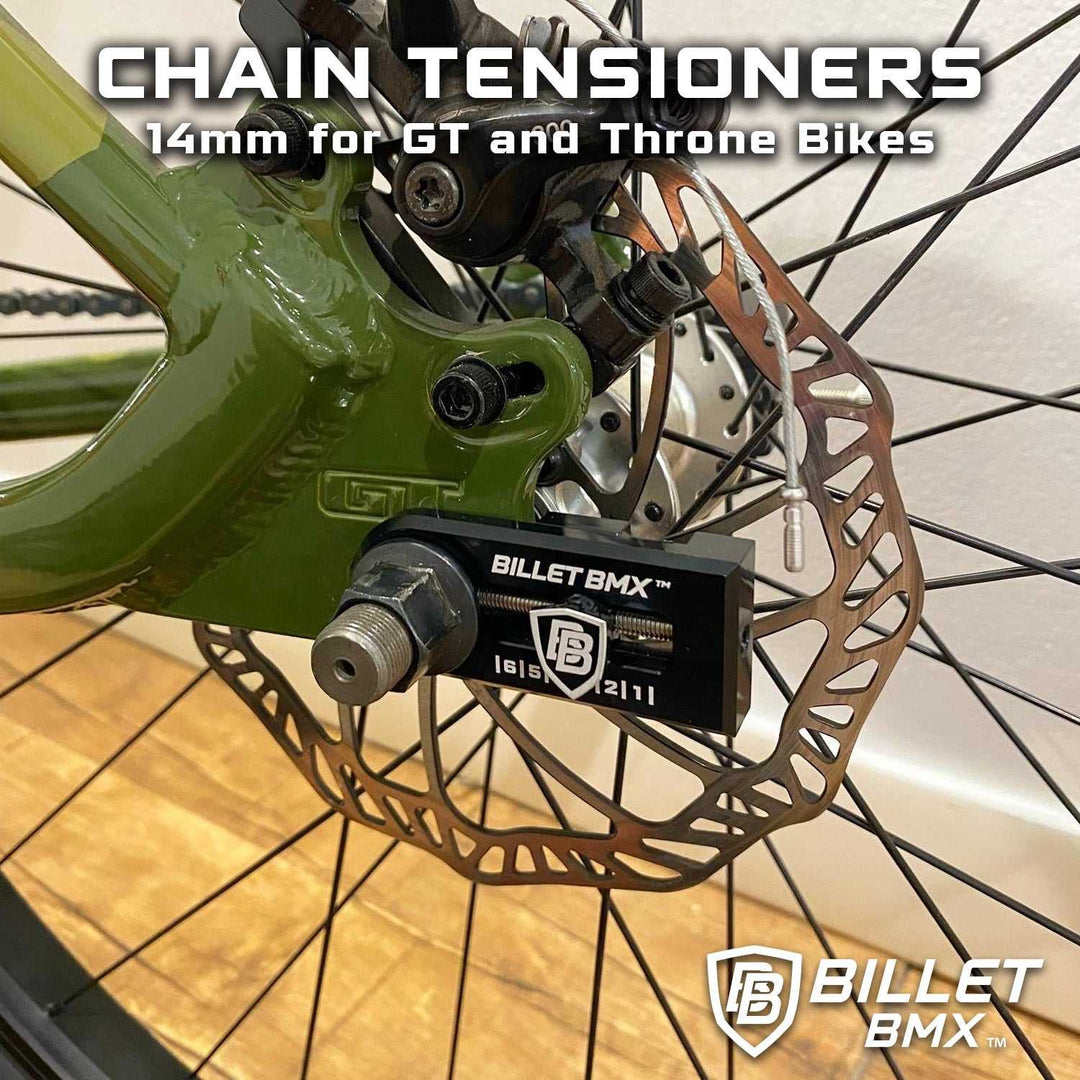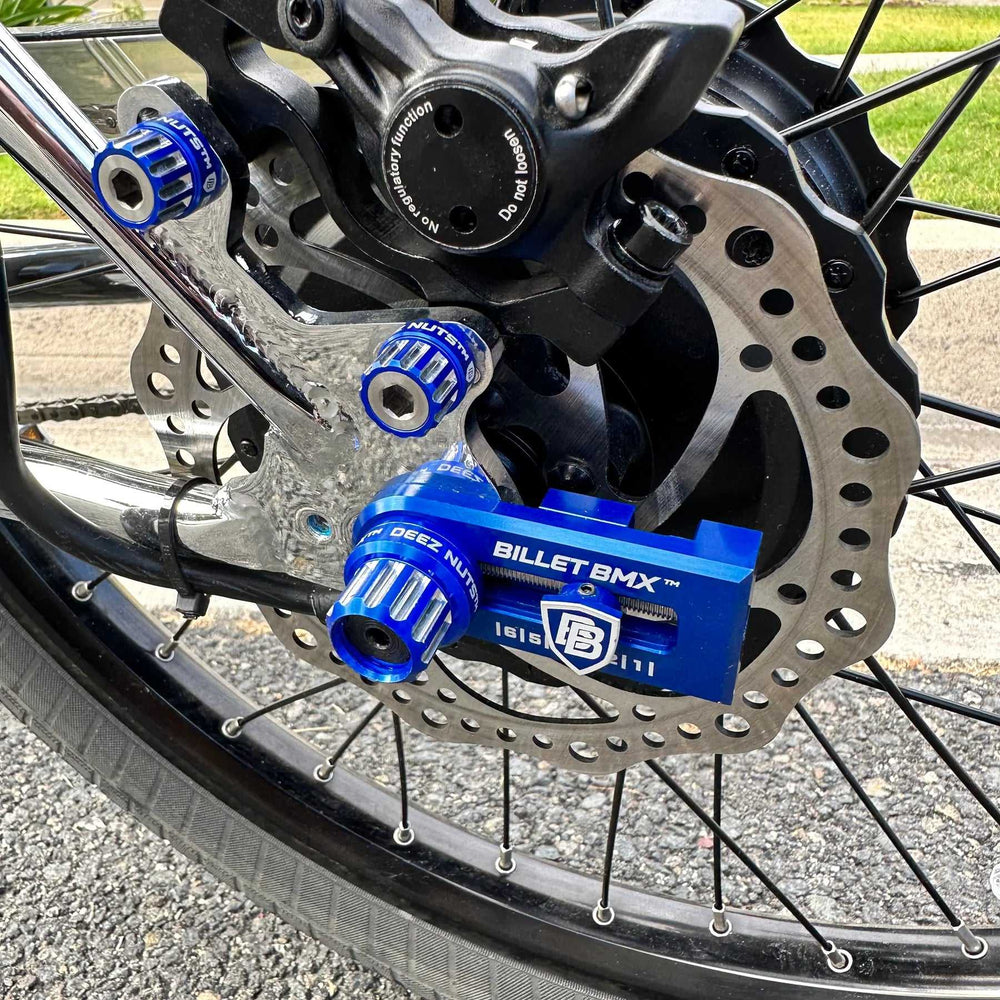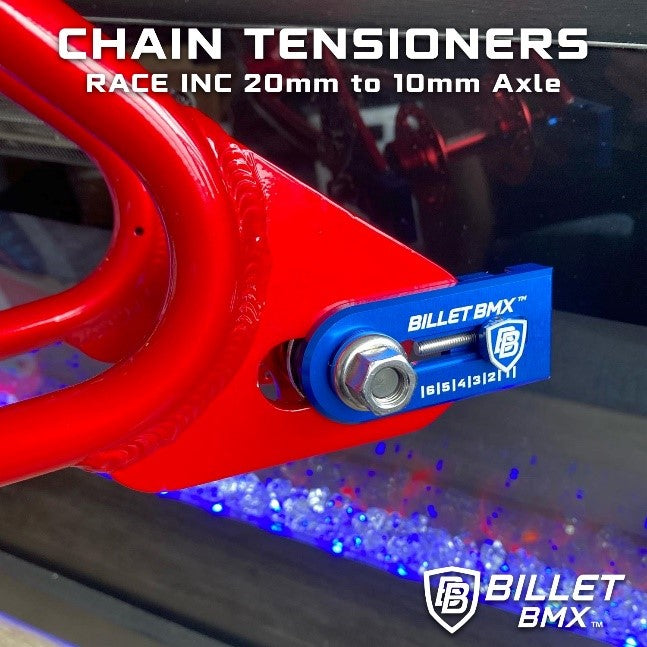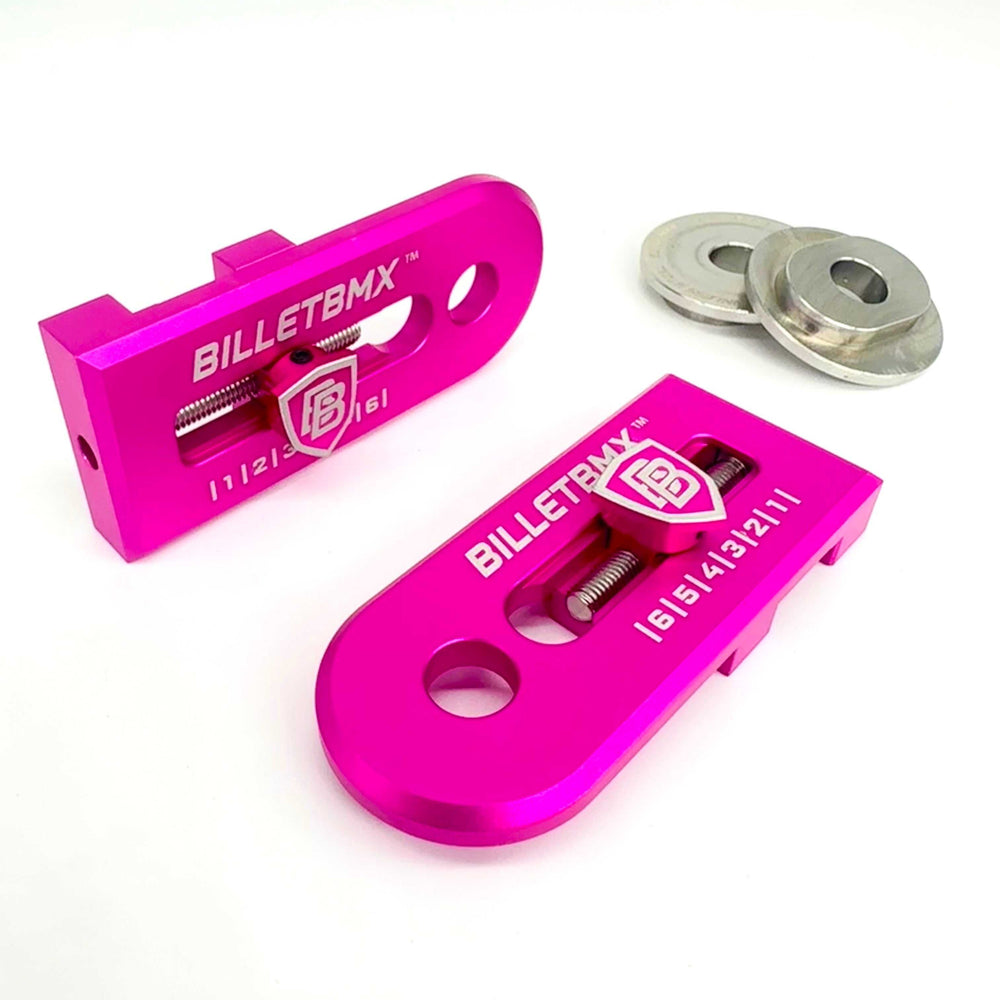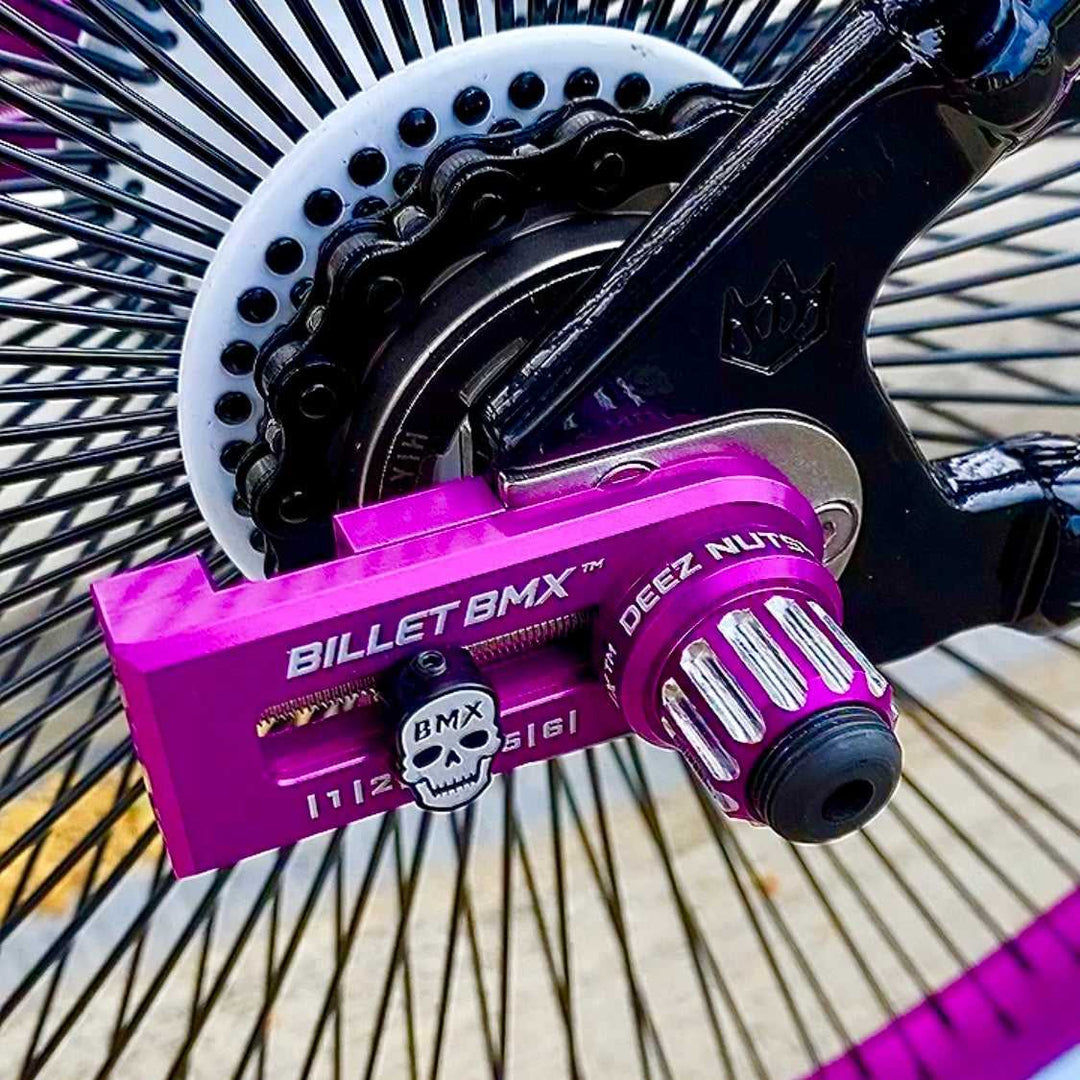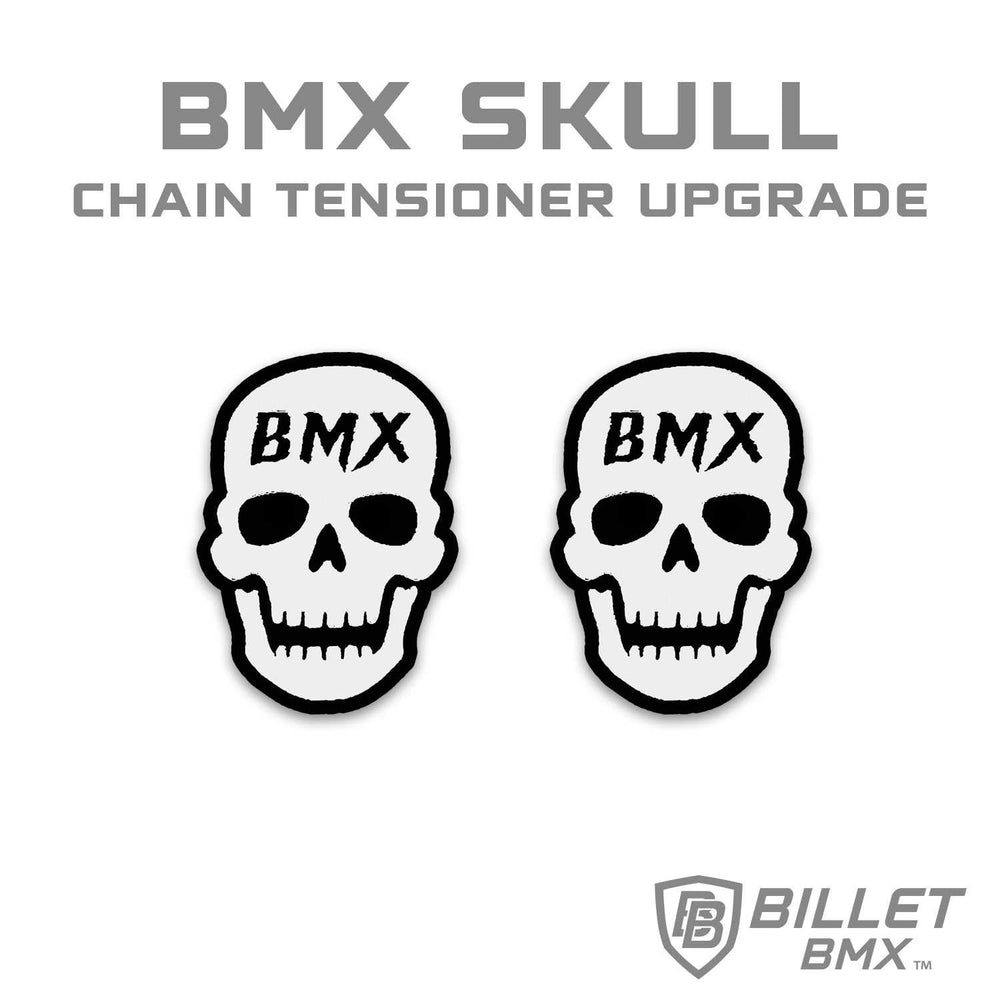How to Choose the Best BMX Bike Parts for Performance & Style
BMX biking is more than just a sport—it's a lifestyle. Whether you're a seasoned rider or just getting started, choosing the right BMX bike parts can make all the difference in performance, durability, and style. From frames to handlebars and wheels to pedals, every part plays a crucial role in how your bike feels and performs. In this guide, we'll explore the essential components of a BMX bike, what to look for when selecting parts, and how to optimize your bike for maximum performance and personal style.
Choosing the Right BMX Frame
The frame is the foundation of your BMX bike, affecting its weight, durability, and overall feel. Here are key factors to consider:
-
Material: Most BMX frames are made from either Chromoly steel or aluminum. Chromoly is strong and slightly heavier, making it ideal for street and park riding, while aluminum is lightweight and preferred for racing.
-
Top Tube Length: Shorter top tubes (19"-20.5") are better for smaller riders and technical tricks, whereas longer tubes (20.75"-21.5") provide more stability for taller riders.
-
Geometry: The head tube angle, chainstay length, and bottom bracket height affect how your BMX handles in different riding conditions.

Selecting the Best Handlebars for Control
Your handlebars influence maneuverability and comfort, so it's important to choose the right style:
-
Rise & Width: Higher-rise bars provide better control for tricks, while wider bars give more stability.
-
Material: Like frames, BMX handlebars are usually made from Chromoly steel for strength and durability.
-
Backsweep & Upsweep: These angles affect wrist positioning and overall comfort while riding.
Choosing the Right BMX Wheels & Tires
Your wheels and tires play a major role in traction, speed, and impact absorption. Here’s what to consider:
-
Wheel Size: Standard BMX wheels are 20 inches, but there are also 18-inch options for younger riders.
-
Rims & Spokes: Double-wall rims and 36-spoke wheels provide the best strength and durability for heavy landings.
-
Tire Tread & Width: Slick tires are ideal for park and street riding, while knobby tires offer better grip on dirt tracks.
-
Recommended Product: Valve Stem Caps

Selecting Quality BMX Pedals
Pedals impact your grip, control, and comfort while riding. The two main types are:
-
Plastic Pedals: Lightweight and affordable, offering decent grip for most riders.
-
Metal Pedals: More durable and provide superior grip but can be harsher on your shins.
-
Pin Configuration: More pins mean better grip, reducing the risk of your feet slipping during tricks.
-
Recommended Product: BMX Pedals
Finding the Right BMX Crankset
The crankset is responsible for transferring power from your legs to the wheels. When choosing cranks, consider:
-
Length: Shorter cranks (160-165mm) improve spin tricks, while longer cranks (175mm) provide more power for pedaling.
-
Material: Chromoly cranks are the most durable, ensuring longevity.
-
Spindle Size: A 22mm or 24mm spindle offers extra strength for high-impact riding.
Choosing a Strong & Lightweight BMX Seat
While BMX seats don’t affect performance as much as other components, they contribute to comfort and style:
-
Pivotal Seats: Allow for easy angle adjustments and are popular for freestyle riders.
-
Tripod Seats: Offer a simple and lightweight design for minimalistic setups.
-
Padding: Thicker padding is great for comfort, while slim seats suit aggressive riders who rarely sit down.
-
Recommended Product: Seat Mount Guts
Picking the Best BMX Brakes
Brakes aren’t mandatory for BMX bikes, but they provide added safety and control. The most common options are:
-
U-Brakes: The standard for BMX bikes, offering strong stopping power without interfering with tricks.
-
Gyro Systems: Allow the handlebars to spin 360 degrees without tangling brake cables.
-
Brake Pads: Softer pads provide better grip on the rims, while harder pads last longer but may reduce braking power.
Finding the Right BMX Chain & Sprockets
Your drivetrain components affect pedaling efficiency and durability. Consider these factors:
-
Chain Type: Half-link chains offer better adjustability for precise rear wheel placement.
-
Sprocket Size: Smaller sprockets (25-28T) are common for freestyle BMX, while larger ones (30-36T) are used in racing.
-
Material: Steel sprockets are durable but heavier, while aluminum options save weight.
-
Recommended Product: Chain Tensioners
Customizing Your BMX for Style
Beyond performance, BMX bike parts also allow riders to express their personal style. Some ways to customize include:
-
Color & Graphics: Choose vibrant colors or custom stickers to make your bike unique.
-
Grips: Soft, comfortable grips improve control and add a touch of personal flair.
-
Pegs: Essential for street riders who love grinding rails and ledges.
-
Bar Ends: Protect handlebars from damage and enhance safety.
Conclusion
Choosing the right BMX bike parts is crucial for optimizing your riding experience. Whether you prioritize performance, durability, or aesthetics, each component plays a role in how your bike feels and performs. By selecting high-quality parts suited to your riding style, you can build a BMX bike that not only meets your needs but also showcases your personality. For the best BMX parts and accessories, check out Billet BMX and start upgrading your ride today!




